Home>Dining>Tableware>How To Paint A Dining Room Table With Chalk Paint
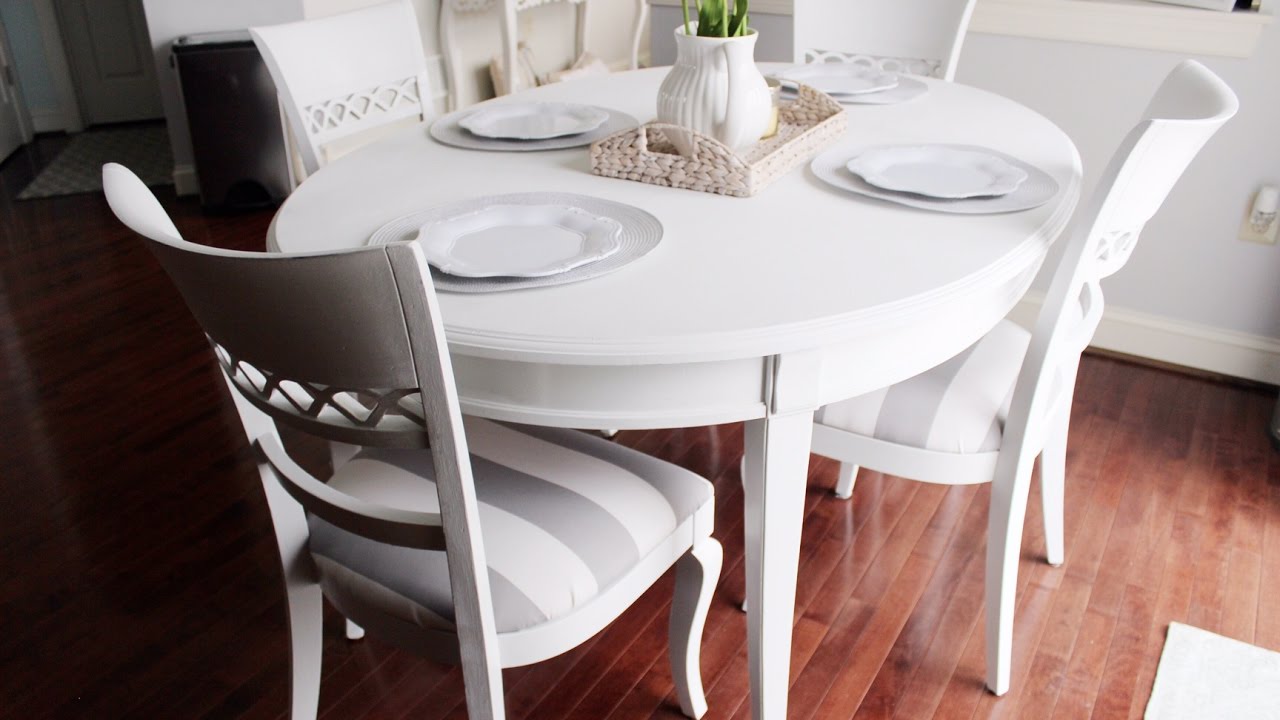

Tableware
How To Paint A Dining Room Table With Chalk Paint
Modified: January 31, 2024
Learn how to transform your dining room table with chalk paint. Discover tips and tricks for achieving a beautiful tableware look in just a few simple steps.
(Many of the links in this article redirect to a specific reviewed product. Your purchase of these products through affiliate links helps to generate commission for Storables.com, at no extra cost. Learn more)
Introduction
When it comes to creating a stunning and unique look for your dining room, painting your table with chalk paint can be a game-changer. Chalk paint offers a versatile and easy way to transform your table into a beautiful centerpiece that perfectly complements your interior style.
In this article, we will guide you through the step-by-step process of painting a dining room table with chalk paint. Whether you want to give new life to an old, worn-out table or simply want to update the look of your current one, chalk paint is the perfect solution. With its matte, velvety finish and ability to adhere to various surfaces, chalk paint allows you to achieve a chic and vintage-inspired look.
Before we dive into the process, let’s talk about the supplies you will need:
- Chalk paint in your preferred color
- Paintbrushes (a large one for the table surface and smaller ones for corners and details)
- Sandpaper or sanding block (if your table needs to be sanded)
- Painter’s tape
- Drop cloth or old newspapers to protect the floor
- Clean cloth for wiping the table
- Wax or sealant for finishing the table (optional)
Now that you have gathered all the necessary supplies, it’s time to prepare your dining room table for painting. Ensure that your workspace is well-ventilated and that you are wearing appropriate clothing to protect yourself from paint splatters.
Before we move on, please note that the process described in this article is specifically for dining room tables made of wood or other suitable materials. If your table is made of a different material, such as glass or metal, consult a professional or do some research to ensure that chalk paint is compatible with it.
Key Takeaways:
- Transform your dining room table with chalk paint for a chic and vintage-inspired look. Follow the step-by-step process, from preparation to sealing, to create a stunning centerpiece that complements your interior style.
- Unleash your creativity and personalize your dining space by painting and styling your table with chalk paint. Choose high-quality supplies, apply paint in thin coats, and add final touches for a visually appealing and welcoming dining area.
Read more: How To Chalk Paint A Dining Table
Supplies Needed
Before you start painting your dining room table with chalk paint, it’s important to gather all the necessary supplies. Here’s a list of what you’ll need:
- Chalk paint: Choose a high-quality chalk paint in the color of your choice. Chalk paint is known for its matte finish and excellent coverage. It’s available in a variety of colors, allowing you to create the perfect look for your dining room.
- Paintbrushes: You’ll need a large paintbrush for painting the table’s surface and smaller brushes for corners and intricate details. Opt for brushes specifically designed for chalk paint for easier application.
- Sandpaper or sanding block: If your table has a glossy or uneven finish, you may need to sand it down to create a better surface for the paint to adhere to. Use a medium-grit sandpaper or sanding block to smooth out any imperfections.
- Painter’s tape: Painter’s tape is essential for protecting areas you don’t want to paint, such as table legs or decorative edges.
- Drop cloth or old newspapers: To protect your workspace, place a drop cloth or lay out old newspapers to catch any paint drips.
- Clean cloth: Before painting, make sure to clean the table surface thoroughly to remove any dirt or debris. A clean cloth or sponge will do the trick.
- Wax or sealant (optional): If you want to protect the painted surface and add a subtle sheen or distressed effect, consider applying a wax or sealant after painting. This step is optional but can enhance the durability and appearance of the finished table.
Gathering these supplies before you begin will ensure a smooth and efficient painting process.
Now that we have all the necessary supplies, it’s time to prepare the dining room table for painting. The next section will guide you through the preparation steps.
Preparing the Dining Room Table
Before you start painting your dining room table with chalk paint, it’s essential to properly prepare the surface. Follow these steps to ensure the best results:
- Clean the table: Begin by thoroughly cleaning the table surface with a clean cloth or sponge. Remove any dust, dirt, or grease that may be on the table. This step is crucial as it allows the paint to adhere properly.
- Sand the table (if necessary): If your table has a glossy or uneven finish, you may need to sand it lightly to create a better surface for the paint. Use a medium-grit sandpaper or sanding block and gently sand the surface in the direction of the wood grain. Sanding will help the chalk paint adhere better and ensure a smooth finish.
- Remove any hardware or accessories: If your table has any hardware or accessories, such as knobs or decorative elements, remove them before painting. This will make the painting process easier and prevent damage to these items.
- Protect areas you don’t want to paint: Use painter’s tape to cover areas of the table that you don’t want to paint, such as table legs or decorative edges. This will help create clean, defined lines and prevent accidental paint splatters on unwanted areas.
- Prepare your workspace: Place a drop cloth or old newspapers on the floor or table surface to catch any paint drips or spills. Make sure your workspace is well-ventilated with proper ventilation to ensure a comfortable and safe painting experience.
By properly preparing the dining room table, you create a clean and suitable canvas for the chalk paint. Taking the time to clean, sand (if needed), and protect the table will contribute to a successful painting process and a stunning end result.
Next, we will proceed to the exciting step of applying the chalk paint to your dining room table.
Applying the Chalk Paint
Now comes the fun part – applying the chalk paint to your dining room table. Follow these steps to achieve a beautiful and even finish:
- Stir the paint: Before you start painting, make sure to give the chalk paint a good stir. Chalk paint can sometimes settle or separate, so mixing it well will ensure a consistent color and texture.
- Start with the table surface: Begin by using a large paintbrush to apply the chalk paint to the table’s surface. Brush the paint in long, even strokes, following the direction of the wood grain. Apply the paint in thin layers rather than thick coats to prevent drips and achieve a smoother finish.
- Paint one section at a time: To avoid the paint drying too quickly, work in sections. Start at one end of the table and gradually work your way across. This method ensures that the paint remains wet and allows for seamless blending.
- Use a smaller brush for corners and details: For corners, edges, and intricate details, switch to a smaller brush to ensure precision and coverage. Take your time and be patient with these areas to achieve a professional finish.
- Allow the paint to dry: Once you have painted the entire table, allow the first coat of chalk paint to dry completely. Refer to the manufacturer’s instructions for the recommended drying time. Depending on the climate and humidity, it may take a few hours to overnight.
- Apply additional coats if needed: After the first coat has dried, assess the coverage. If you desire a more opaque or saturated finish, apply one or two additional coats of chalk paint. Make sure to allow each coat to dry thoroughly before applying the next.
Remember that chalk paint dries quickly, so it’s important to work efficiently and avoid over-brushing. Keep an eye out for any drips or uneven areas and correct them immediately to ensure a seamless and professional-looking finish.
Once you are satisfied with the overall coverage and finish, you can move on to the next step – distressing the table (optional).
Before painting a dining room table with chalk paint, make sure to thoroughly clean and sand the surface to ensure proper adhesion and a smooth finish. This will help the paint adhere better and prevent any imperfections in the final result.
Distressing the Table (Optional)
If you want to add a vintage or rustic touch to your dining room table, distressing is a great technique to consider. Distressing creates a worn, aged look by intentionally revealing the base layer of paint or the natural wood underneath. Follow these steps to distress your chalk-painted table:
- Gather your supplies: To distress the table, you will need sandpaper or a sanding block with a medium to coarse grit. You may also need a wire brush or other tools for creating unique distressing patterns.
- Decide on the areas to distress: Determine which areas of the table you want to distress to achieve the desired look. Common areas to distress include edges, corners, and other areas that would naturally experience wear and tear over time.
- Sand the selected areas: Using the sandpaper or sanding block, gently sand the selected areas of the table in a back-and-forth or circular motion. Apply light pressure to gradually remove the paint and reveal the underlying layer. Experiment with different levels of pressure and sanding techniques to achieve the desired distressed effect.
- Create additional distressing effects (optional): If you want to add more character to your distressed table, consider using a wire brush or other tools to create unique patterns or marks. You can lightly scrape the surface or create small dents or scratches to mimic natural wear.
- Remove dust: After distressing, wipe away any dust or debris from the table using a clean cloth or a soft brush. It’s essential to have a clean surface before moving on to the next step.
Distressing your dining room table adds a touch of character and charm, giving it a rustic or vintage look. However, keep in mind that distressing is optional, and if you prefer a more pristine finish, you can skip this step.
Once you are satisfied with the distressing, it’s time to protect and seal your newly painted and distressed table. The following section will guide you through the sealing process.
Read more: How To Chalk Paint A Dining Room Table
Sealing the Paint
After you have finished painting and distressing your dining room table with chalk paint, it’s important to seal the paint to protect it and enhance its longevity. Sealing the paint will also add a subtle sheen and make the surface easier to clean. Follow these steps to seal your table:
- Choose a sealant: There are a few options for sealing chalk paint, such as wax or polyurethane. Each has its own pros and cons, so choose the one that best fits your desired look and level of durability.
- Read the instructions: Before applying the sealant, carefully read and follow the manufacturer’s instructions. Different brands may have different application methods and drying times.
- Apply the sealant: Using a clean, lint-free cloth or brush, apply the sealant in thin, even coats. Work in small sections and be mindful of any drips or excess product. Make sure to cover the entire painted surface, including the distressed areas, if applicable.
- Allow the sealant to dry: Depending on the type of sealant you chose, the drying time can vary. Follow the manufacturer’s instructions for the recommended drying time between coats and for the final cure time.
- Apply additional coats if necessary: If you want added durability or a more pronounced sheen, you can apply multiple coats of the sealant. Just be sure to allow each coat to dry properly before applying the next.
Sealing the chalk paint not only protects the surface from daily wear and tear but also makes it easy to wipe clean. The sealant acts as a barrier against spills and stains, ensuring the longevity of your beautiful dining room table.
Once the sealant has fully cured, you can move on to adding the final touches and styling your newly painted and sealed table, as discussed in the next section.
Final Touches and Styling
With your dining room table successfully painted, distressed, and sealed, it’s time to add the final touches and bring your vision to life. Here are some ideas for styling and enhancing your newly transformed table:
- Add table linens: Choose a tablecloth, table runner, or placemats that complement the color and style of your table. This will add a pop of color and provide a decorative element.
- Showcase centerpiece: Create a captivating centerpiece using candles, flowers, or other decorative items. Choose items that match the theme or mood you want to achieve, whether it’s a rustic, farmhouse-inspired look or a more modern and minimalist vibe.
- Accessorize with tableware: Select dinnerware, glassware, and cutlery that complements the style of your table. Coordinate the colors and patterns to create a cohesive and visually appealing table setting.
- Include decorative accents: Add personal touches with decorative accents such as vases, candleholders, or artwork. These elements can enhance the overall aesthetic and tie the whole dining room together.
- Consider seating options: To complete the look, choose dining chairs that complement the style and color of your table. Whether you opt for matching chairs or mix and match for an eclectic feel, seating choices can greatly impact the overall appearance of your dining room.
- Experiment with different styles: Don’t be afraid to get creative and try out different styles and arrangements. Play with colors, textures, and patterns until you find the perfect combination that reflects your personal taste and makes a statement in your dining room.
Remember, your dining room table is not just a functional piece of furniture; it’s also a focal point that sets the tone for your entire dining area. By paying attention to the finer details and styling it with care, you can create a welcoming and aesthetically pleasing space for meals and gatherings.
With the final touches in place, step back and admire your beautifully painted and styled dining room table. Now it’s time to enjoy the fruits of your labor and make lasting memories with family and friends around your stunning centerpiece.
Conclusion
Painting a dining room table with chalk paint is an excellent way to transform your dining space and express your personal style. With its matte finish and versatile application, chalk paint allows you to create a unique and visually appealing table that complements your interior design.
In this article, we have guided you through the step-by-step process of painting a dining room table with chalk paint. We discussed the necessary supplies, how to prepare the table, techniques for applying the paint, optional distressing methods, sealing the paint, and final touches for styling. By following these steps and unleashing your creativity, you can achieve a stunning end result.
When embarking on this project, remember to choose high-quality chalk paint and invest in the proper tools and materials. Take the time to prepare the table surface, apply the paint in thin, even coats, and consider distressing or sealing the paint for a unique touch. Don’t forget to add your personal flair through styling and accessorizing the table.
By painting your dining room table with chalk paint, you can breathe new life into an old piece or create a stylish centerpiece from scratch. The possibilities are endless, and the satisfaction of seeing your hard work pay off is truly rewarding.
So go ahead, gather your supplies, unleash your creativity, and embark on the journey of transforming your dining room table into a work of art with chalk paint. Enjoy the process, and may your newly painted table bring joy and inspiration to your dining space for years to come.
Frequently Asked Questions about How To Paint A Dining Room Table With Chalk Paint
Was this page helpful?
At Storables.com, we guarantee accurate and reliable information. Our content, validated by Expert Board Contributors, is crafted following stringent Editorial Policies. We're committed to providing you with well-researched, expert-backed insights for all your informational needs.
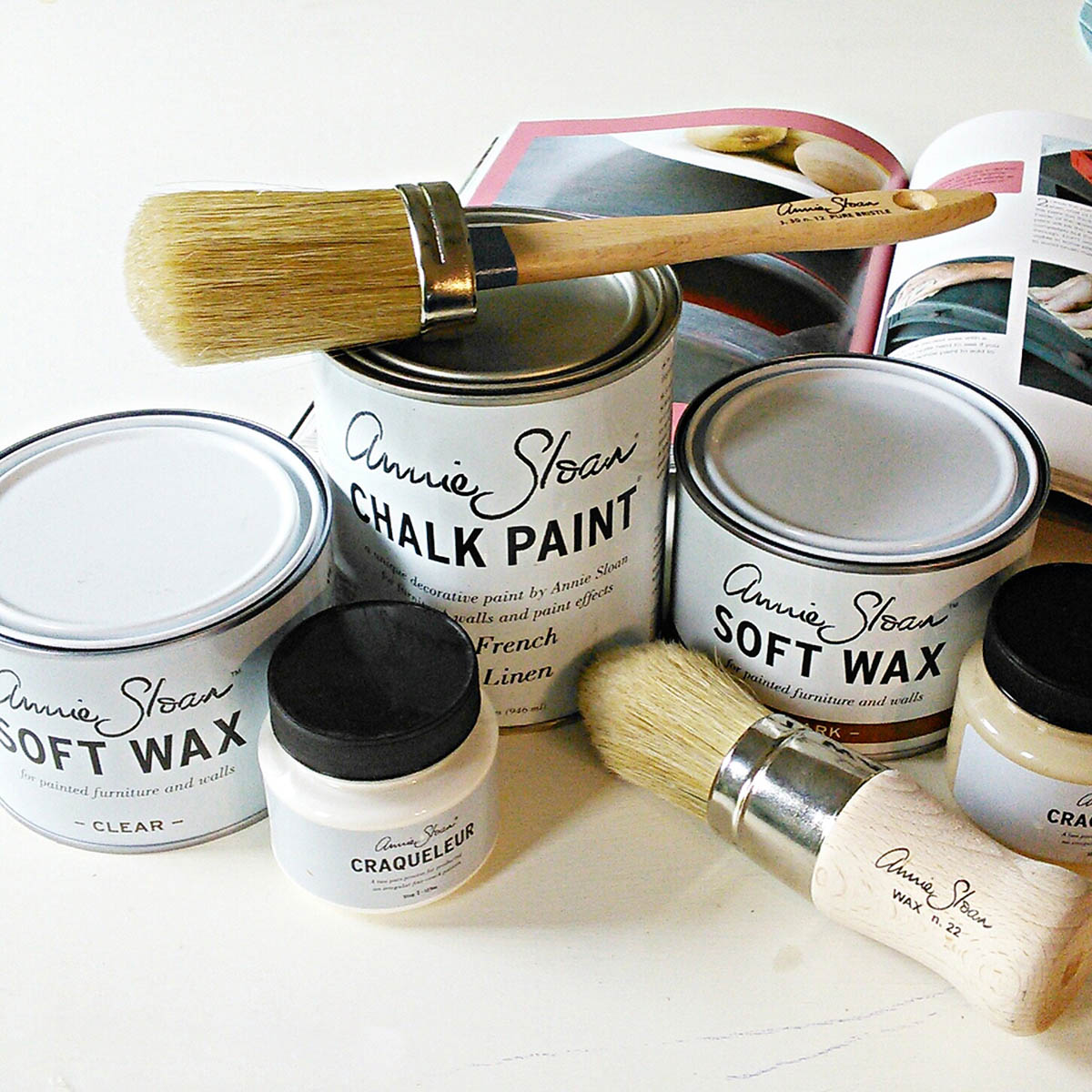
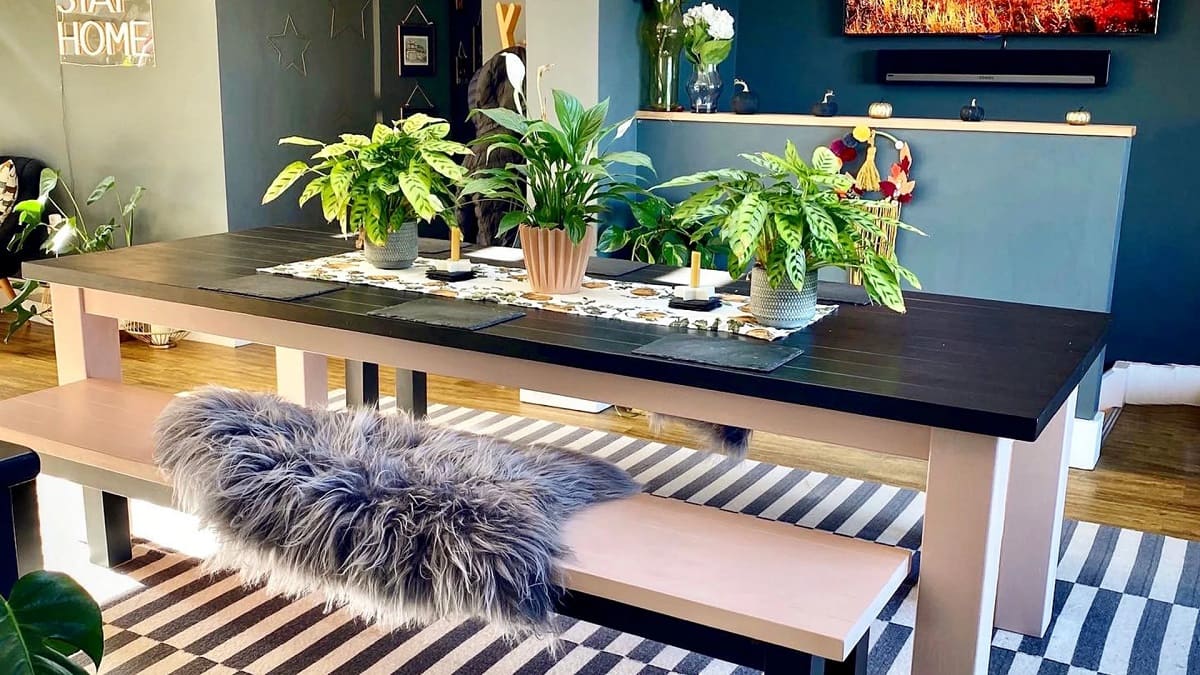
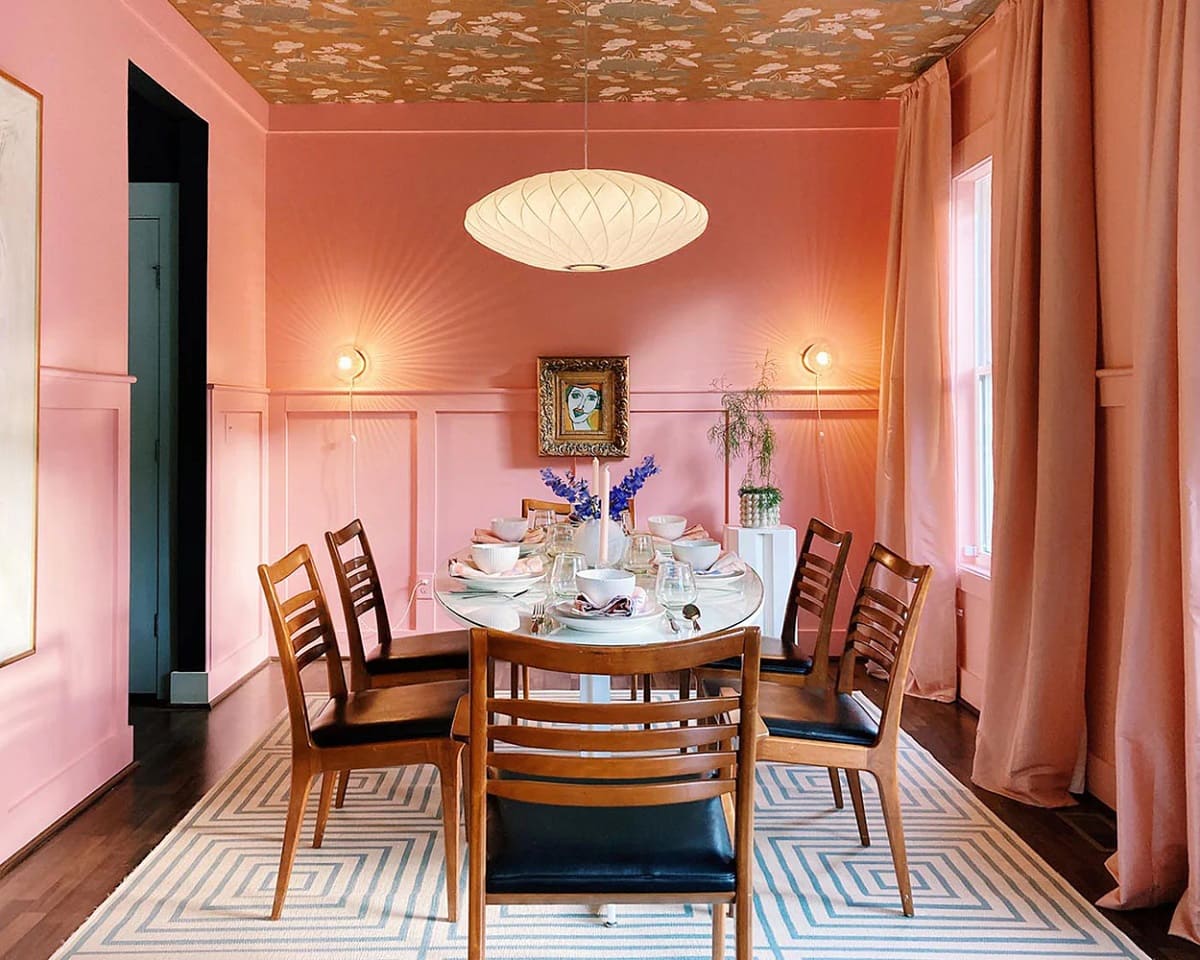
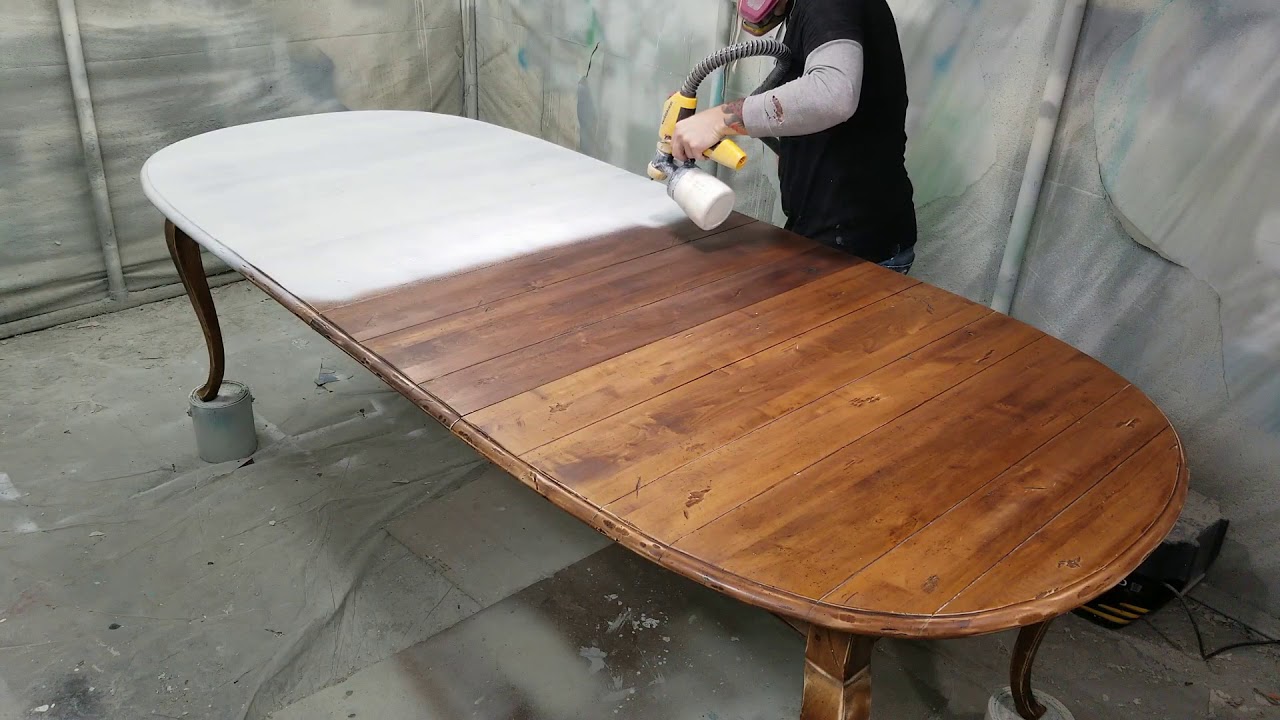
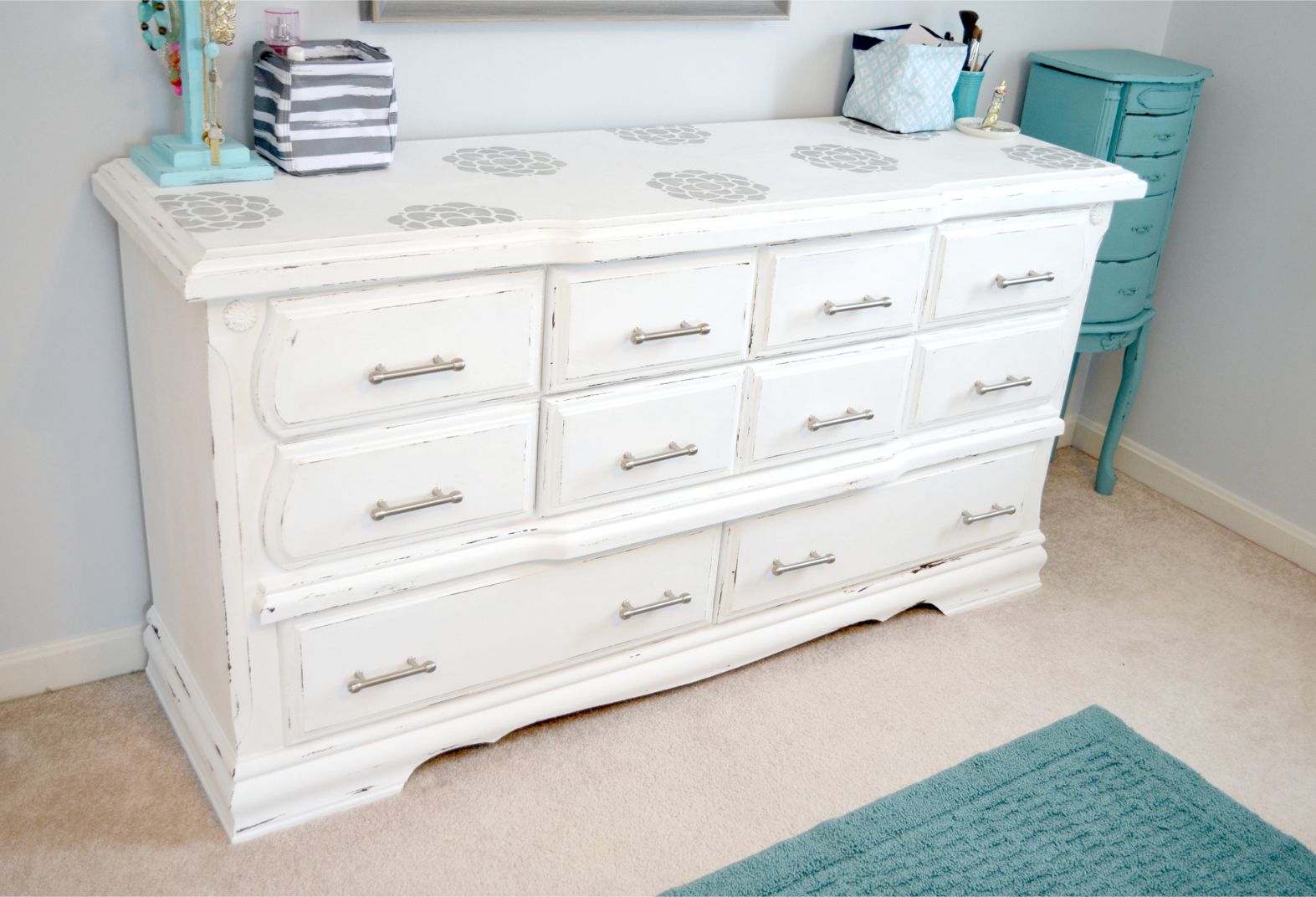

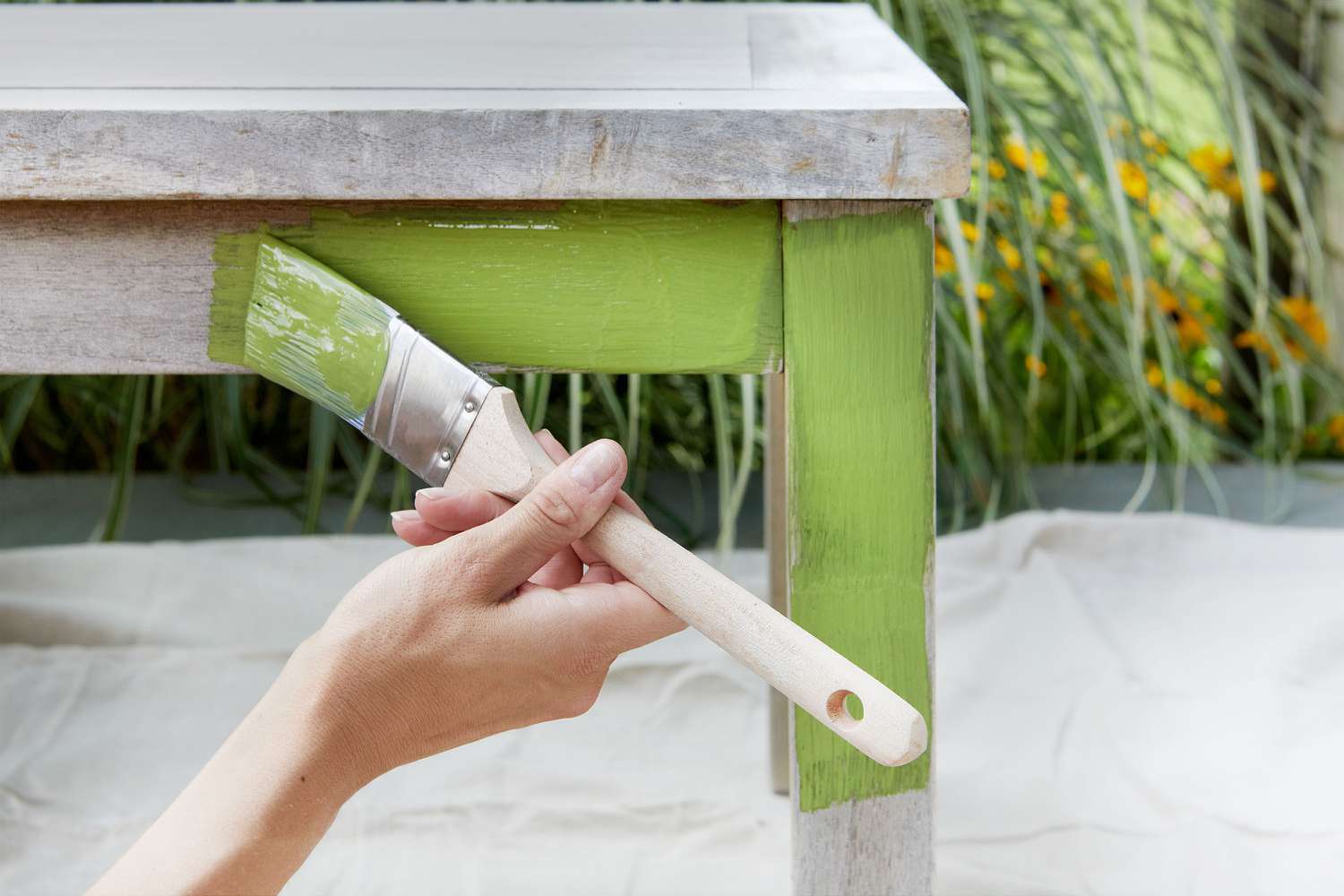
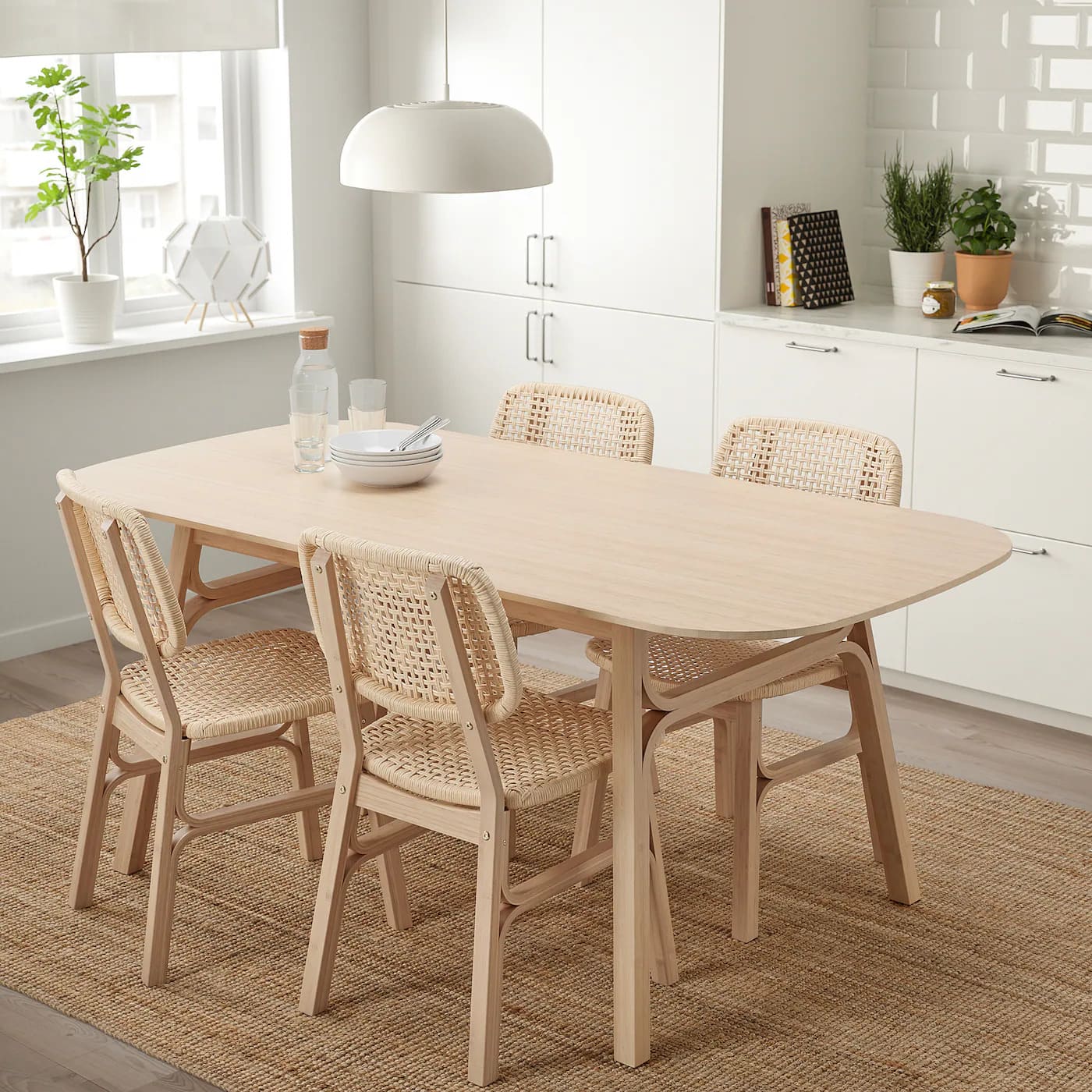
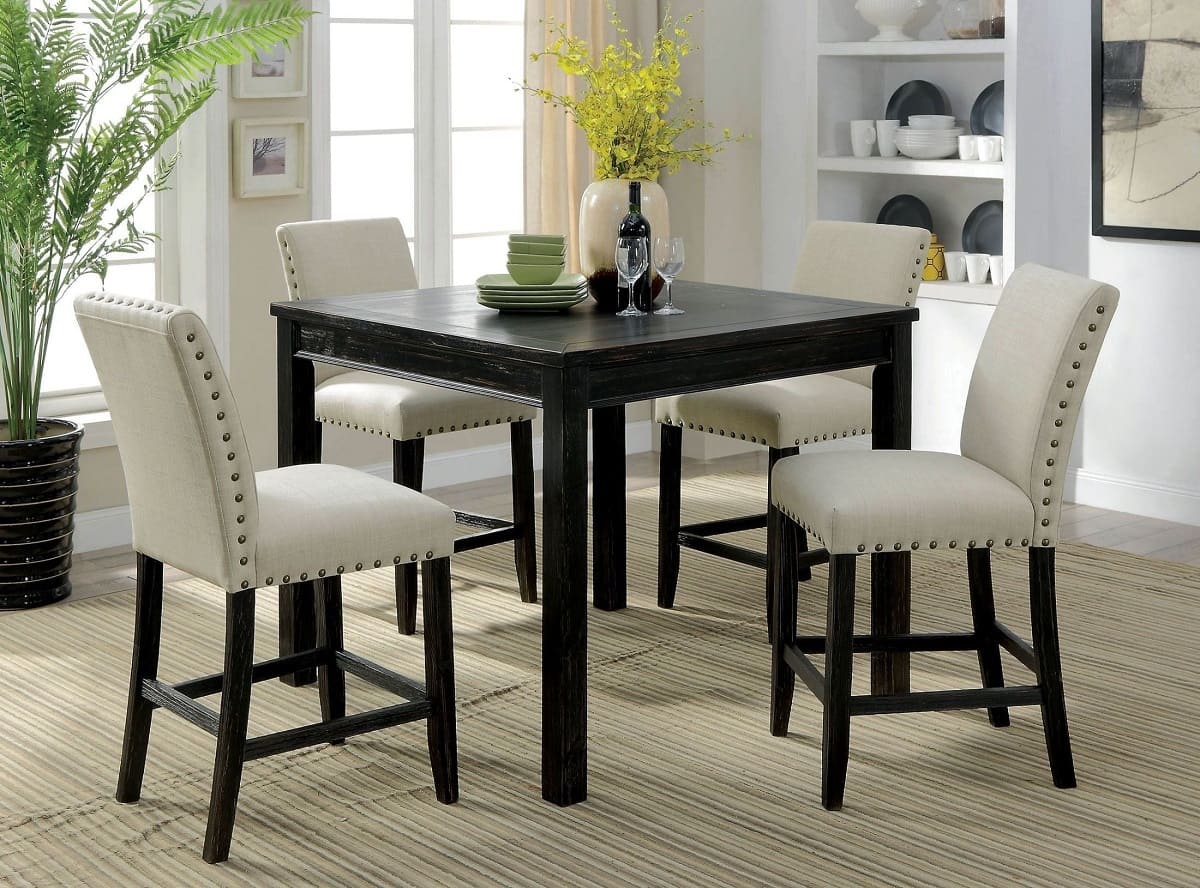
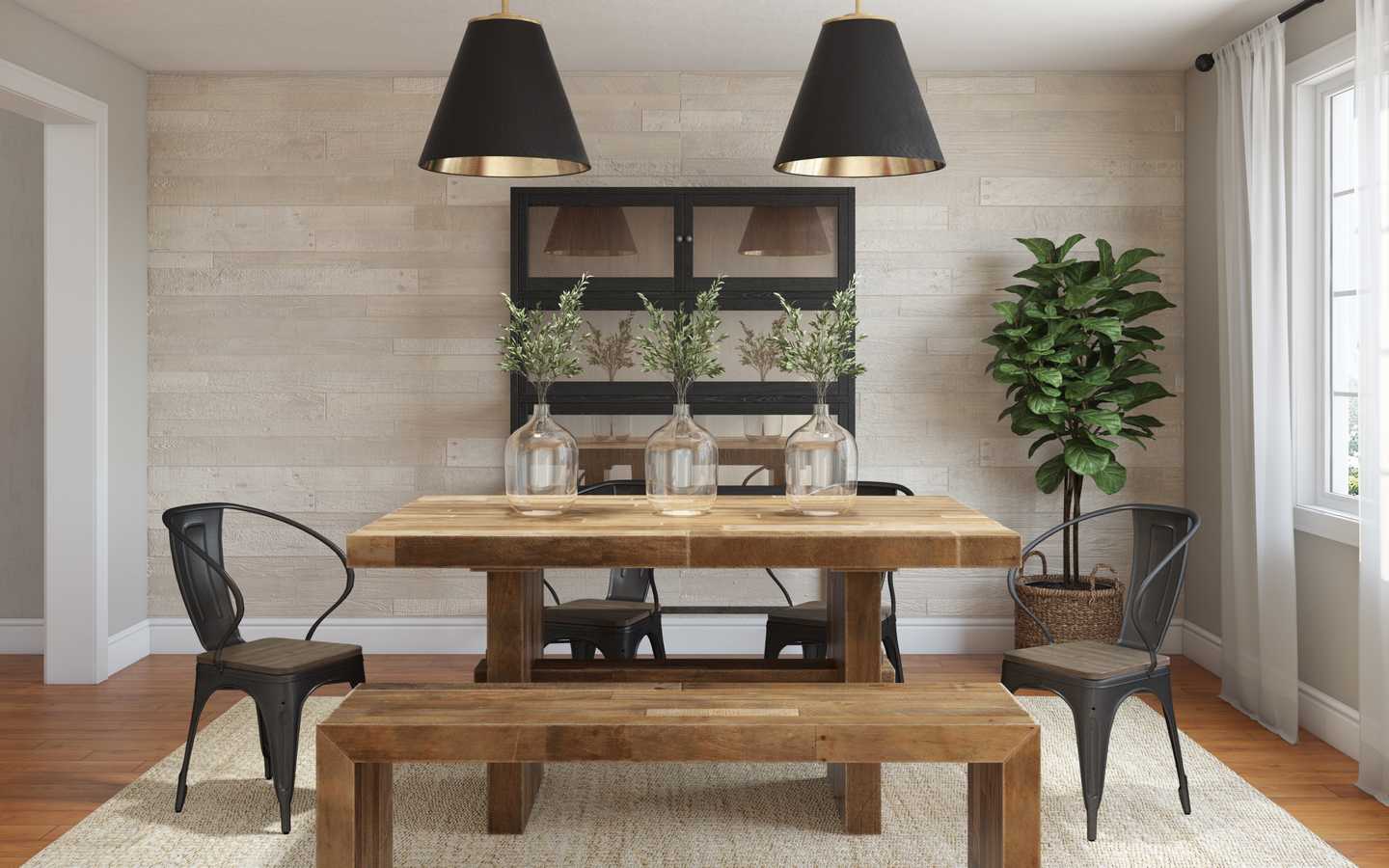
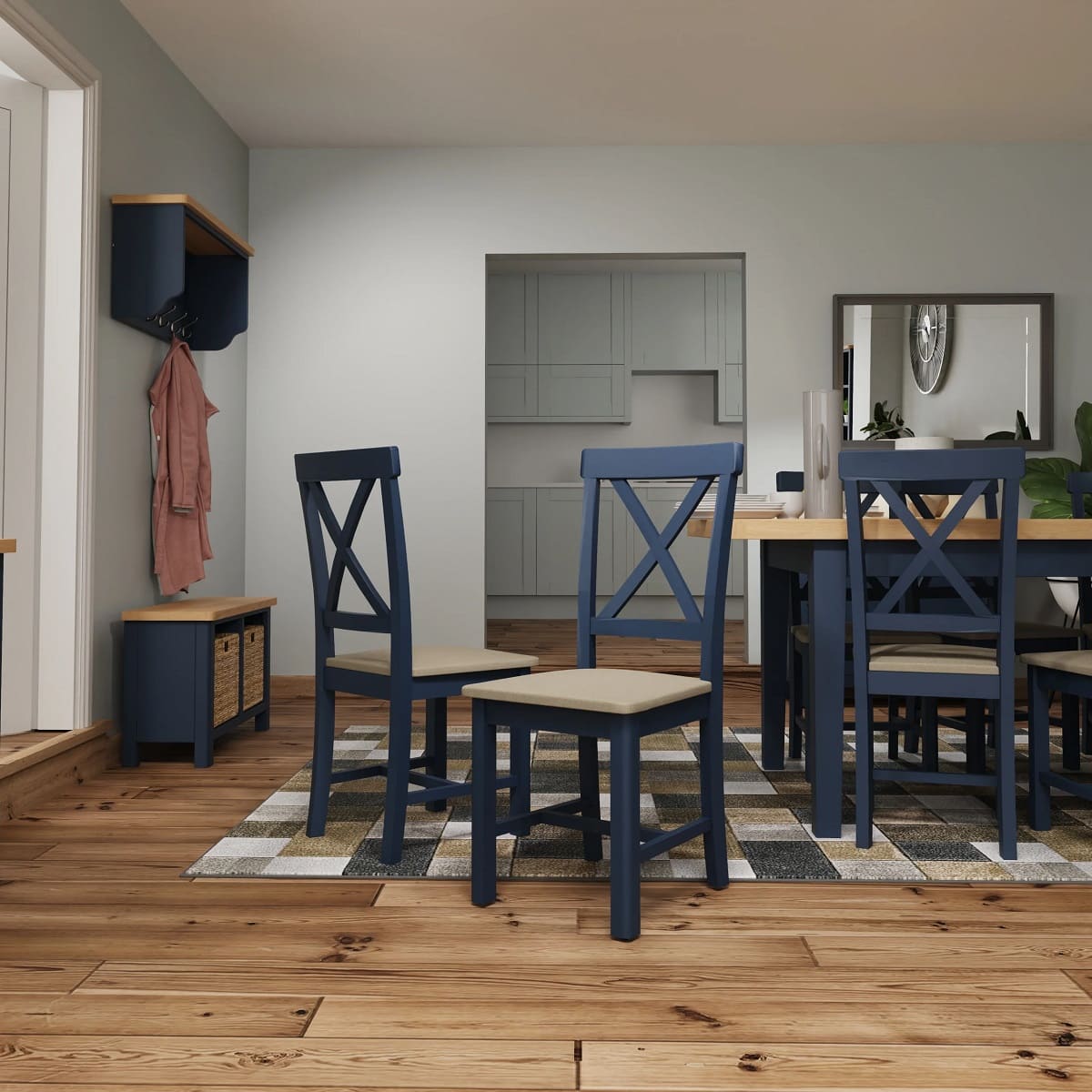
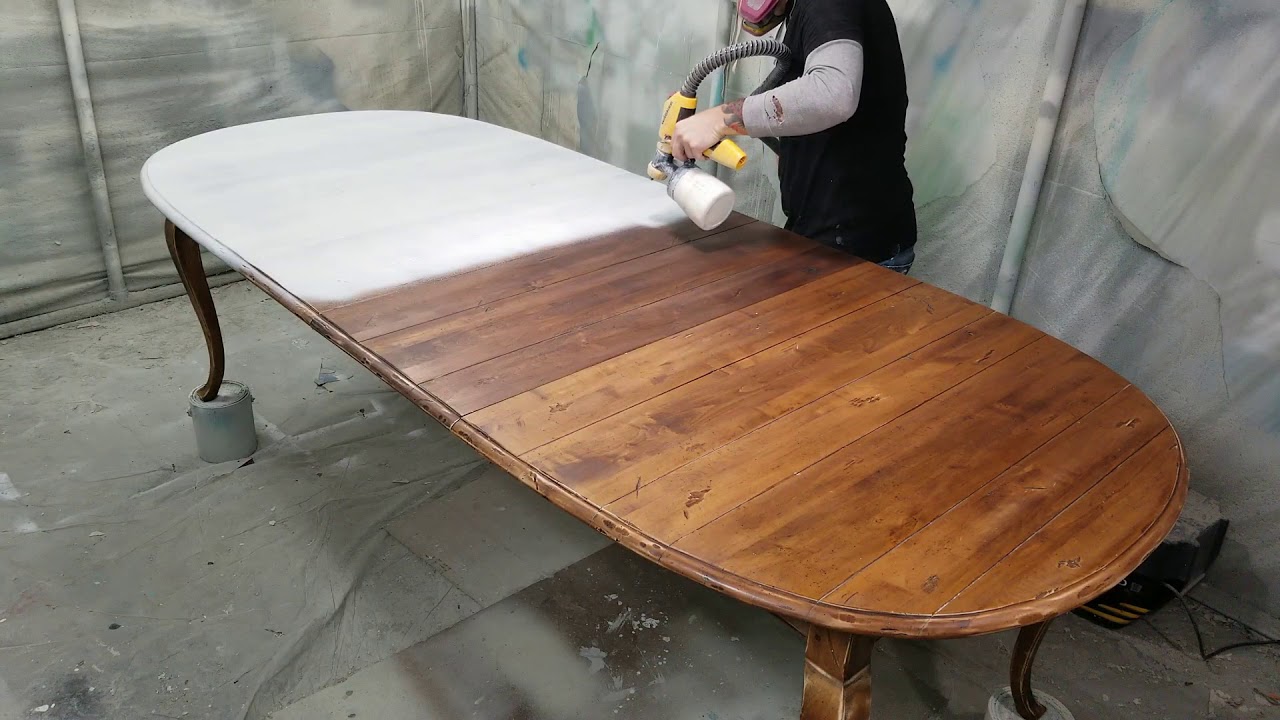
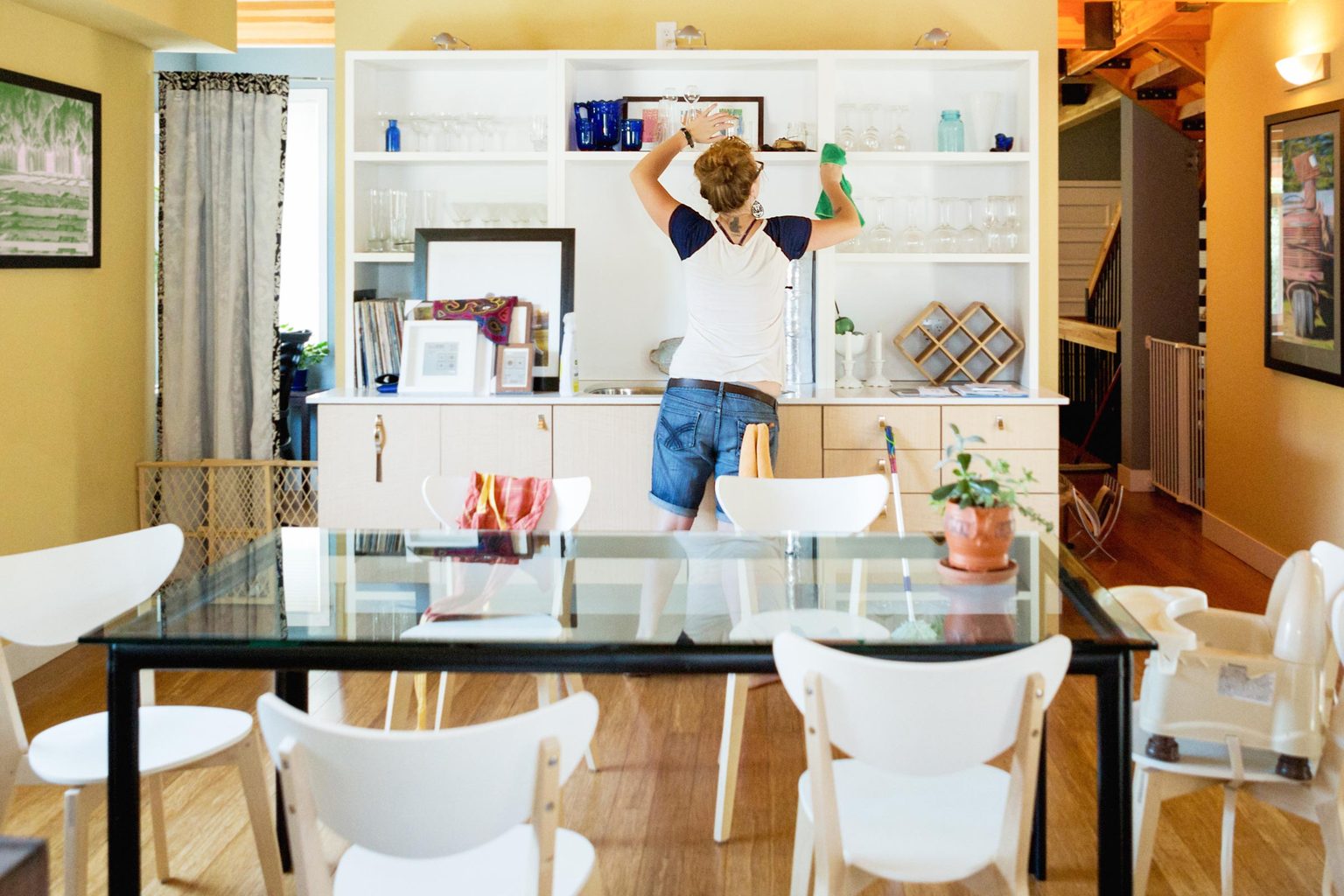
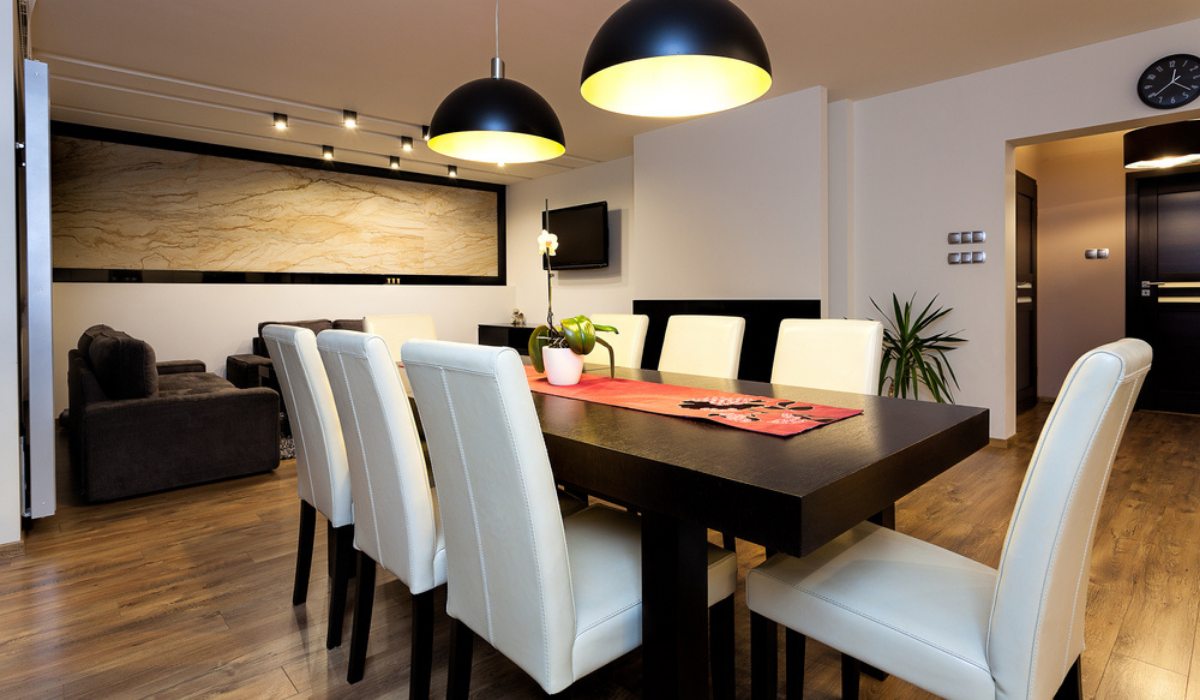

0 thoughts on “How To Paint A Dining Room Table With Chalk Paint”